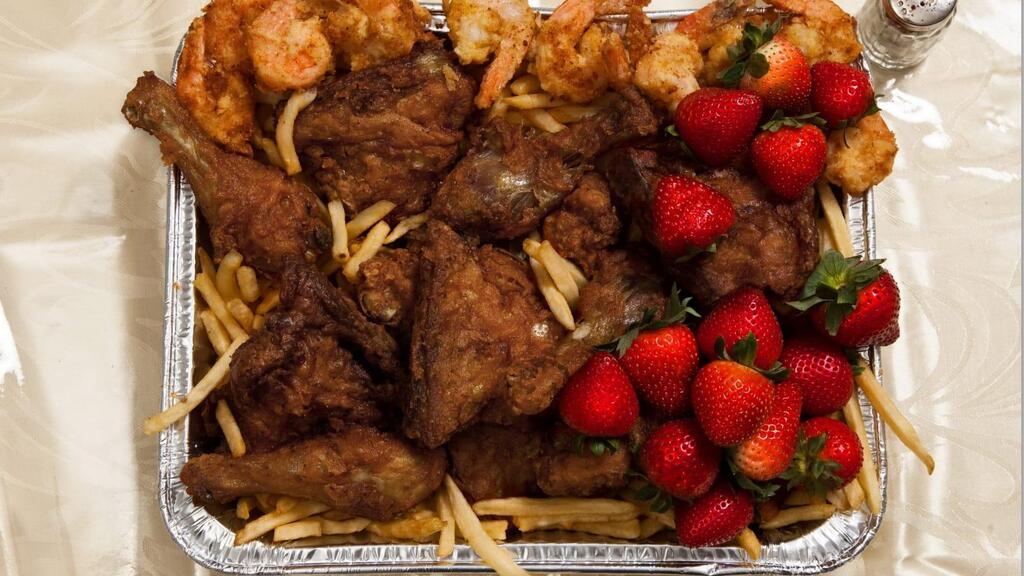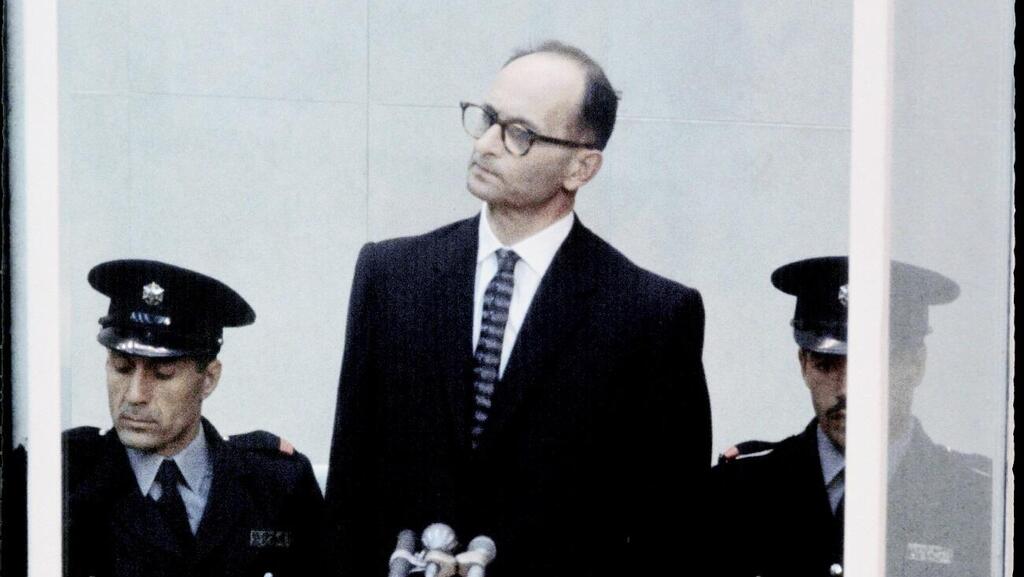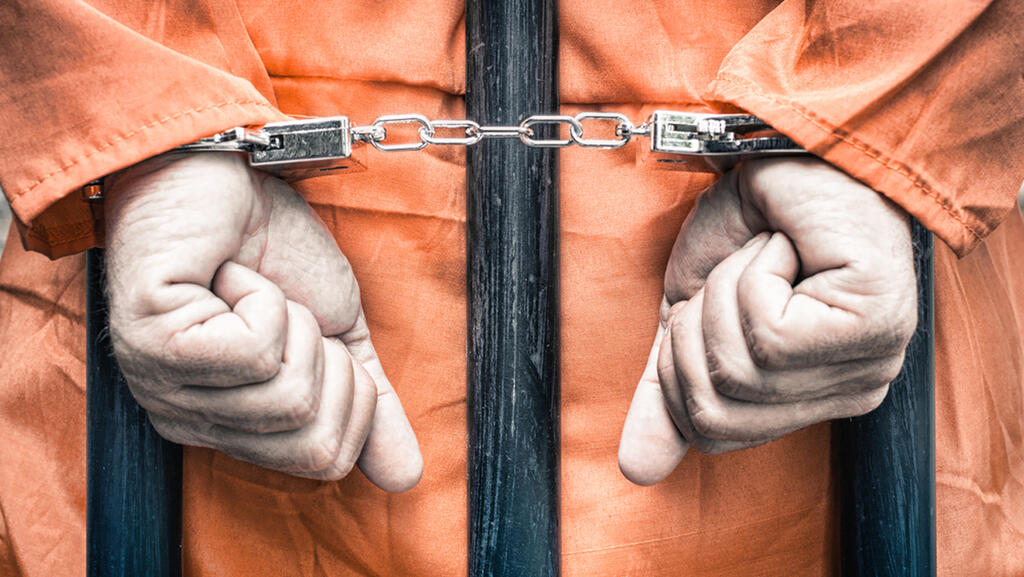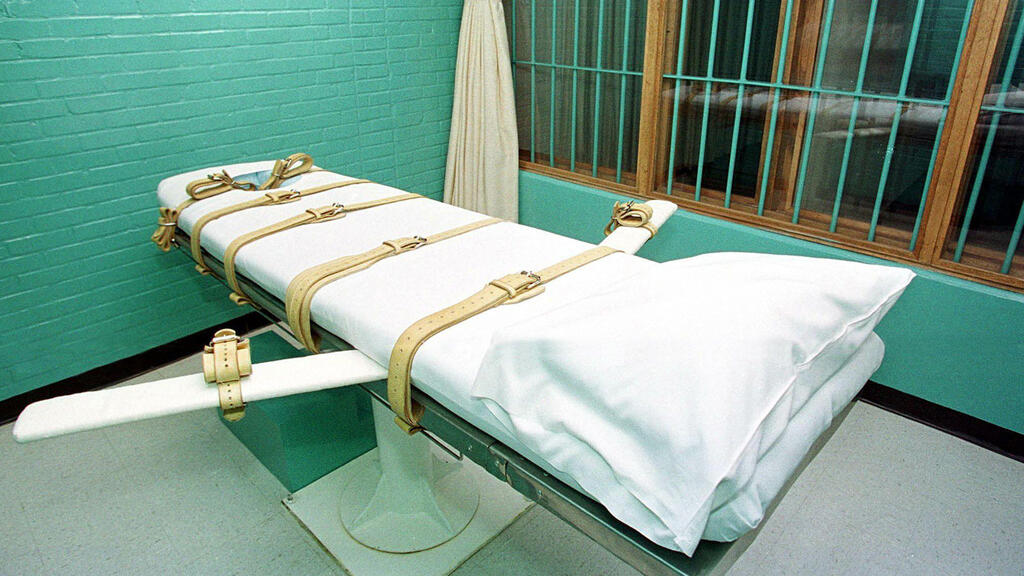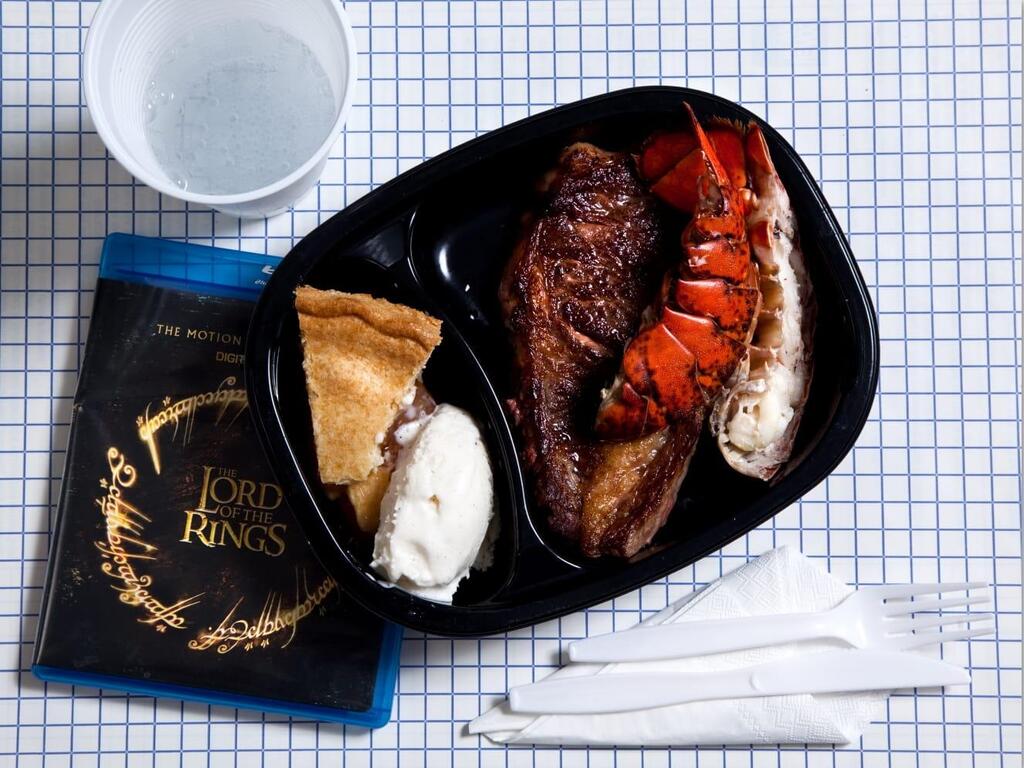Getting your Trinity Audio player ready...
The guards on duty on death row at San Quentin State Prison in California were certainly not surprised when the murderer William Bonin requested that his last meal before being executed would include two trays of pepperoni pizza, three servings of chocolate ice cream, and three cans of Coca-Cola and Pepsi. They were already accustomed to the unusual requests from inmates for their last meals.
Read more:
Bonin, who earned the dubious nickname "The Freeway Killer" in the late 1970s after raping, torturing, and murdering at least 21 boys and suspected of killing 15 others, used to dump the bodies of his victims along highways in Southern California. He was executed by lethal injection in 1996, but moments before, as mentioned, he indulged in his final meal served in his cell.
"The Freeway Killer" was not the first, nor the last, condemned inmate to enjoy an extravagant last meal: Peter Kürten, the German "Düsseldorf Vampire," who murdered children in the early 20th century and served as inspiration for the 1931 film "M," also had a last meal that included Wiener schnitzel, chips, and a bottle of white wine. In April 1931, he was convicted of murdering nine children and attempting to murder seven others.
Timothy McVeigh, the American terrorist convicted of the 1995 bombing of the Alfred P. Murrah Federal Building in Oklahoma City, which resulted in the deaths of 168 people and injuries to hundreds more, took advantage of his last rights. Moments before his lethal injection in June 2001, McVeigh savored two pints of mint-chocolate chip ice cream.
The last meal was in some cases simply a beverage. Convicted Nazi Adolf Eichmann, requested a bottle of Carmel red wine, drinking half of it before his execution. The tradition of granting the request for a last meal is as ancient as the practice of execution itself. Ancient Greeks and Chinese allowed the condemned to choose their last meal. In Europe, this meal was considered a ritual of reconciliation between the condemned and his or her executioner, with the act of eating symbolizing acceptance of judgment and forgiveness for the hangman who carried out the sentence.
Another possibility that cannot be ruled out is that it was intended to prevent any potential retaliation from the deceased's vengeful spirit. "The current obsessive focus on the last meal before death is not a continuation or extension of an ancient tradition, but rather a purely communicative phenomenon intended to generate public interest," Kobi Hubara, a history lecturer, historical consultant for cinema and theater, and author of the book "Death without Mercy - A History of Executions," says.
The underlying essence behind executions has changed over the years. Initially, it was based on a human desire for revenge, which is also why early executions were instinctive and unplanned. "The oldest method of execution was through stoning - to seize the first heavy object in front of you and strike the person who harmed you on the head. With the development of hierarchical religions (religions in which evil deeds outweigh good deeds), the perception of execution shifted towards a form of punishment for a person's wrongdoing," Hubara says.
In other words, while initially, execution was solely the concern of the victim, it later evolved to become a punishment primarily aimed at the perpetrator. During the Middle Ages, when the Church and Christianity came into play, execution became not only a matter concerning the punishment of a criminal but also for their benefit. "When the criminal is executed, his sins are absolved, and the gates of paradise open before him. According to Christian belief, a process of atonement and correction takes place, all of which occurs before the eyes of the condemned and the audience that came to witness the event, Hubara explains. "In most cases, the condemned also relates to what he is about to undergo in the same manner, knowing that in a few seconds, he will be with Jesus, and all suffering will end."
Although religion hasn't disappeared, belief in paradise and God no longer reflects governance and the positions of civil law in Western countries. This doesn't prevent some nations from continuing to execute criminals who have committed particularly serious crimes, even though it is clear that the condemned does not undergo any process during the execution and certainly doesn't go anywhere, but simply ceases to exist.
"Since the invention of the guillotine, humanity has been seeking methods that are as painless, quick, and clean as possible for execution," Hubara says. "It is supposedly a more humane way, but in my view, when there is no paradise and the executed person is unconscious beforehand, and doesn't even know that he is dying, it is no longer punishment but rather a kind of civic solution: we have something here that doesn't suit us, a bit like a cancerous growth if you will, so what we do is destroy the growth and prevent it from continuing to exist."
Hubara believes modern execution has become much less humane than in the past and the dimension of revenge has been eliminated and the condemned prisoner only experiences fear ahead of the execution. The only remaining trace of humanity towards the condemned appears in fulfilling his request for his final meal.
And yet, if it is clear to everyone that this meal has no physical significance for the person who, in a few hours, will reach the end of their life, why did the custom of the last meal become such a deep cultural symbol, and not, for example, the last shower, the last song, or the last movie the condemned chose to watch? According to Hubara, the reason for this is the way we as an audience relate to food and the exaggerated media focus on it. "Food is something terribly intimate, and we forcefully drag it out and want to hear about it and see the criminal's tears when he talks about his grandmother's meatballs because, in the end, it's the closest personal expression we can reach."
And what is the interest of prisons in publicizing the last meal requests?
"It's very simple – the media demands it. They want to present to the viewers what is still allowed to be shown amidst all this drama and give them a feeling that they are touching the real thing, even if only on the fringes. It should also be remembered that the United States is a completely media-oriented country, and every execution that takes place there generates many items of interest and the request for the last meal is another item that will bring ratings.
"Imagine how representative this story could have been if they had asked the warden of the prison after the execution what was the last thing the condemned to death requested to eat, and he answered, 'What does it matter? It's determined by the prison dietician on the menu that all prisoners receive.' Then people would say, 'Well, things here are done according to the law.' But when it is presented in this way, it feels like a perverted detail, and as consumers of media, we need a little bit of that perversion. So what did he say? Did he cry? The news about the last meal of those condemned to death is a remnant of the days when we could 'enjoy' public executions."


